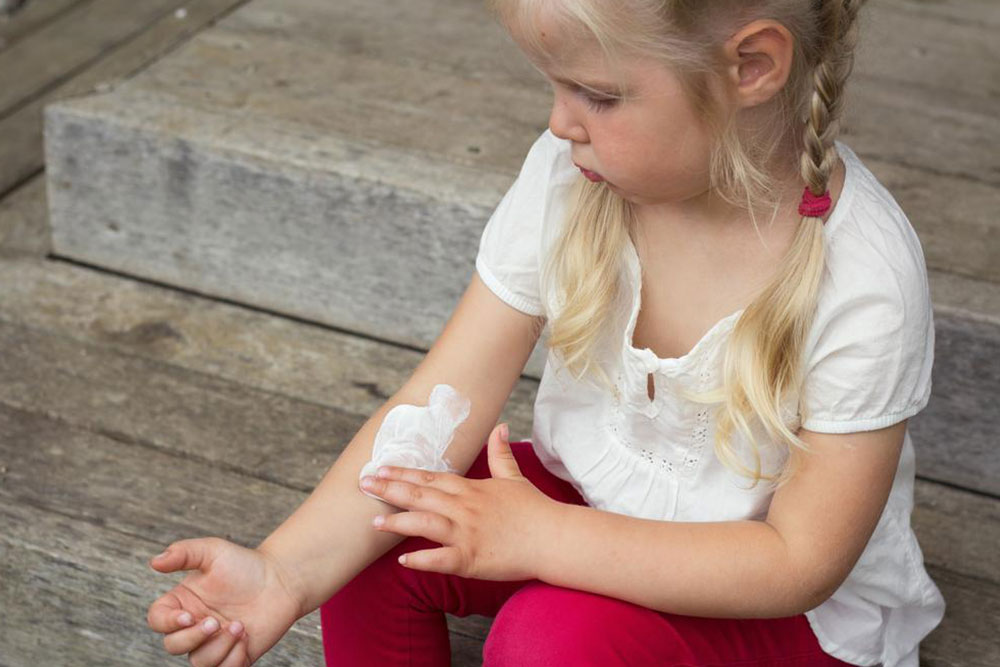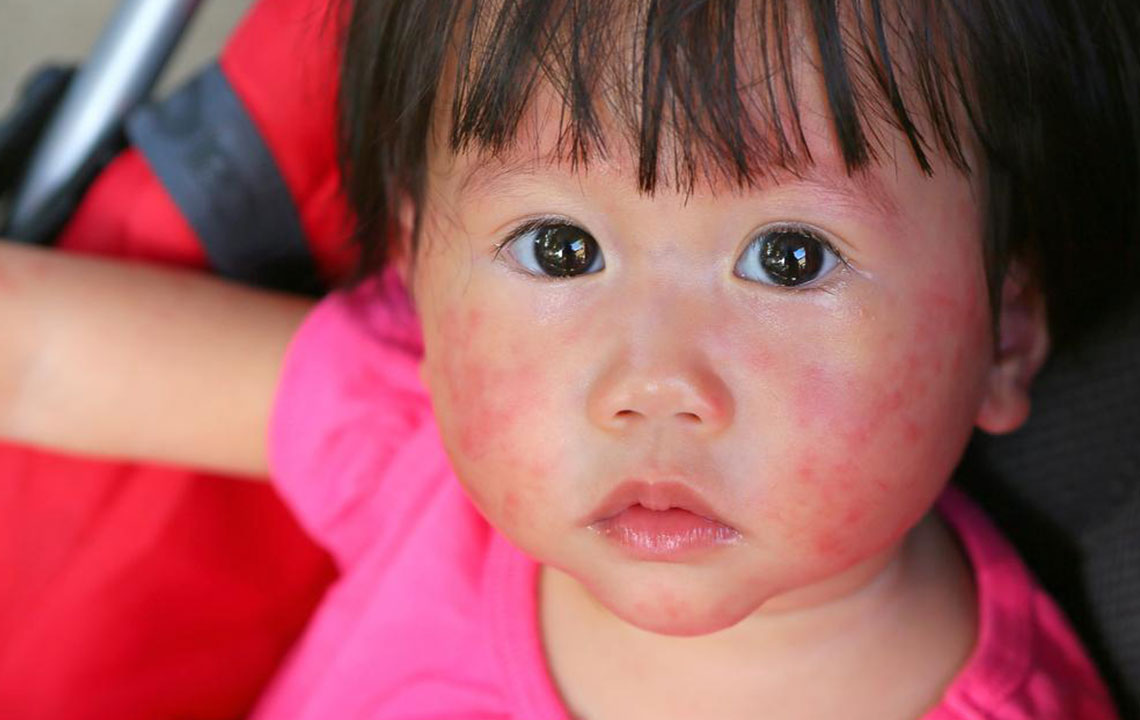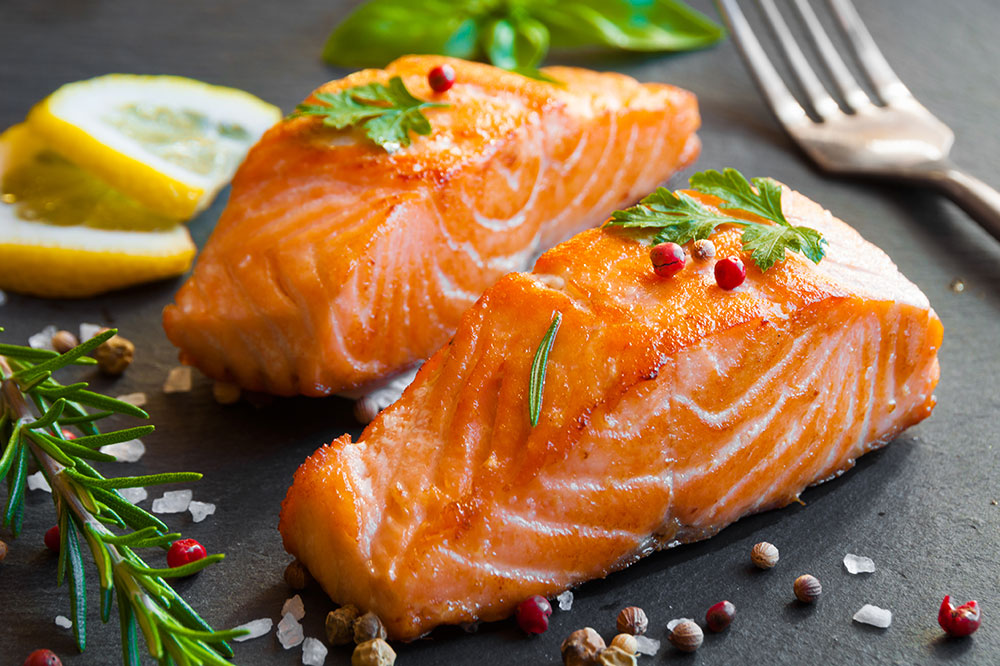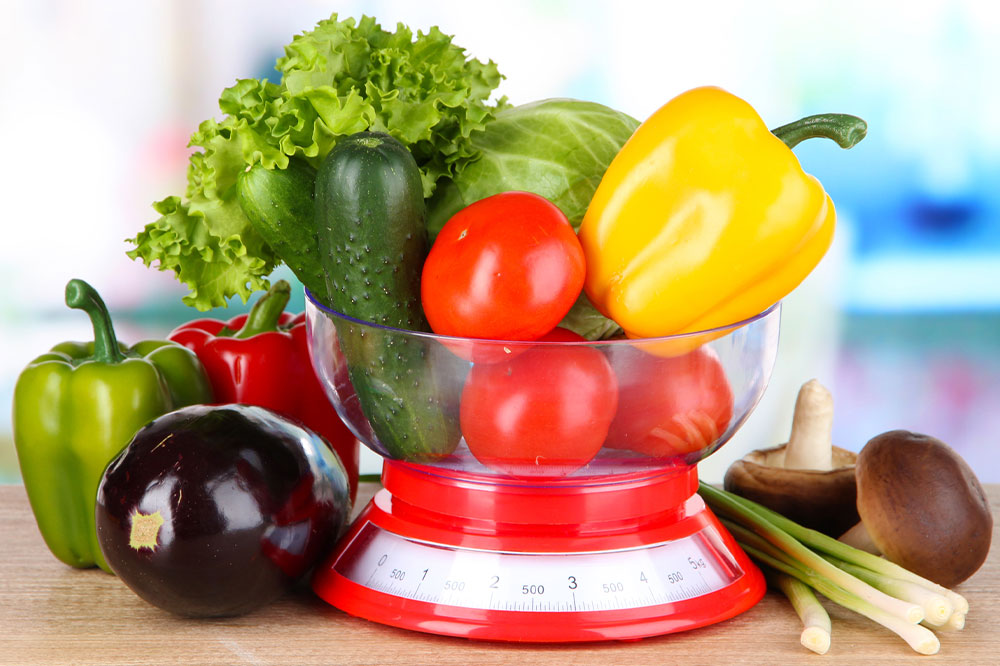Effective Strategies for Managing Atopic Dermatitis
Discover effective treatments and management strategies for atopic dermatitis, including topical medications, phototherapy, and lifestyle tips. Learn to recognize symptoms early and maintain proper skincare to control flare-ups and improve skin health. Treatment duration varies, but a positive outlook and consistent care are essential for successful recovery.

Effective Strategies for Managing Atopic Dermatitis
Atopic dermatitis, commonly called eczema, causes itchy, inflamed skin that can become swollen or cracked. This skin condition affects many, especially children, often appearing on the back of the knees, elbows, face, neck, and legs. It is sometimes confused with other skin issues like contact dermatitis or psoriasis. While the exact cause remains unknown, genetic factors, immune system weaknesses, environmental triggers, and chemical exposures can contribute to its development.
Genetics play a significant role in atopic dermatitis
Lower immunity levels may increase susceptibility
Environmental factors can act as triggers
Exposure to irritating chemicals may worsen symptoms
Recognizing atopic dermatitis
Identifying the condition involves observing specific symptoms:
Dry, flaky skin on various parts of the body
Dry, scaly diaper area in infants
Intense itching in affected regions
Splotchy patches behind knees and on elbows
Lesions may appear on face, neck, arms, and legs
Can involve the eyelids
Hyperpigmentation behind the neck might develop into atopic dermatitis if ignored
Treatment options for atopic dermatitis
Management includes topical creams, medications, and phototherapy.
Corticosteroid creams – Often prescribed for short-term relief, under medical supervision.
Tacrolimus ointment – A non-steroid immune-modulating ointment, suitable for facial dermatitis, especially in children.
Eucrisa – A topical option for mild cases in both children and adults.
Emerging treatments, such as injectable medications, are under review for approval.
Phototherapy – Light therapy involving UVA or UVB rays can effectively treat mild cases.
Managing symptoms during treatment
Avoid scratching to prevent worsening the rash
Maintain high standards of hygiene to reduce infections
Adhere strictly to prescribed medication schedules
Stay positive and keep stress levels low for better outcomes
Expected recovery timeline
The duration of treatment varies based on individual factors:
Overall immune health
Severity of the condition – mild forms resolve faster
Type and effectiveness of medical treatment
Patient's age
Note:
This blog offers useful insights across various health topics. While our research aims to provide accurate information, it should not replace professional medical advice. For personalized treatment, consult healthcare providers. We are not responsible for discrepancies or updates beyond our content scope. Readers should consider seeking additional resources for optimal care.










